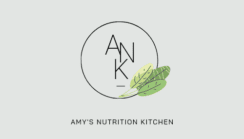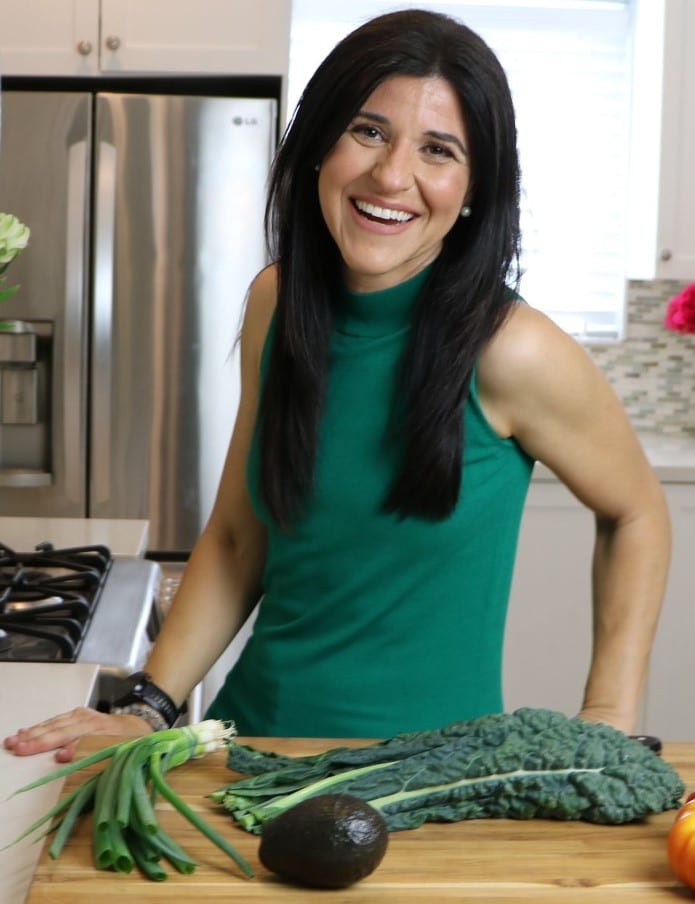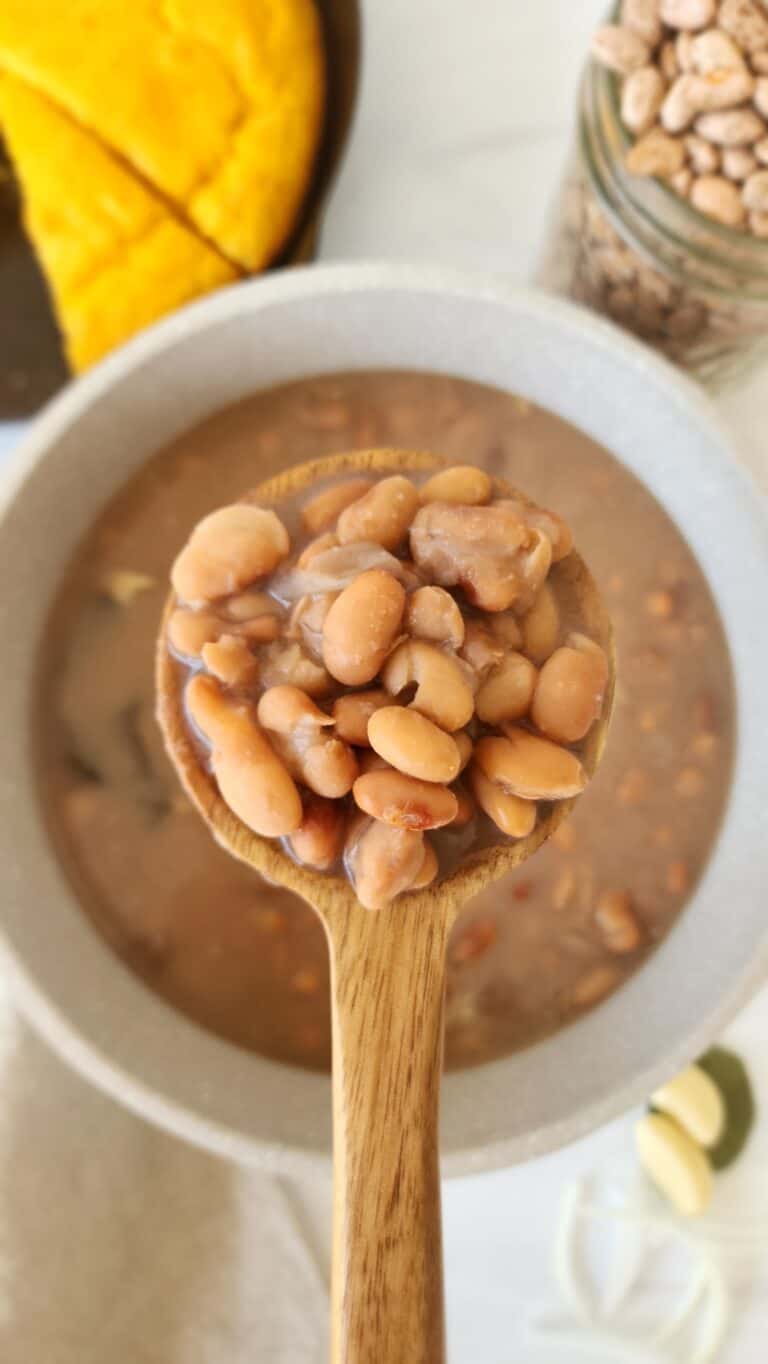Heart Health
We often associate the human heart as a symbol of love. So this month, American Heart Month, I challenge you to show yourself some love. Learn about your risks for heart disease and stroke and stay “heart healthy” not only for yourself but also for your loved ones.
Cardiovascular disease (CVD) – including heart disease, stroke, and high blood pressure – is the number 1 killer of women AND men in the United States! Over 800,000 Americans died from heart attacks and other cardiac related-illnesses last year, but most of those deaths – four out of five – were preventable. There are a number of risk factors for CVD that you can control:
- Diet
- Physical Activity
- Tobacco Use
- Obesity
- High blood pressure
- High blood cholesterol
- Diabetes
Diet – The question I’m most often asked is, “So what can I eat??” I always think of each patient individually (and also what they’re eating at the present moment). But here are some general guidelines to get you started on the right path:
- Make vegetables a main course – ½ of your plate should be vegetables. The aim is to have 6-8 servings of vegetables/day. The only way to do that is by making them the main focus of the meal and then building around it. Stir-fried vegetables, vegetable curry, a main-dish salad – all of which can then have a lean protein source added in with the grains sparingly. Make sure that the protein source is about the size of a deck of cards and then surround it with enough side dish vegetables or salad. The key here is that by increasing your vegetable intake you’re also eating less of other foods.
- Limit unhealthy fats and cholesterol – Limiting how much saturated and trans fat you eat is an important step to reduce your blood cholesterol and lower your risk of coronary heart disease. A high blood cholesterol level can lead to a buildup of plaque in your arteries, called atherosclerosis, which can increase your risk of heart attack and stroke. The best way to reduce saturated and trans fat in your diet is to limit the amount of solid fats – butter, margarine and shortening – you add to food when cooking and serving. You can also reduce the amount of saturated fat in your diet by trimming fat off your meat and choosing lean meats with less than 10% fat (and remember to watch your portion sizes when it comes to eating meat. We tend to eat too much – a deck of cards for size reference). Trans fats are added in to products to help extend their shelf life. Check the food labels and look for the phrase “partially hydrogenated oil” in the ingredient list. The labels may say they’re “trans-fat free”, however, they may still have trace amounts. When you do use fats, choose monounsaturated fats, such as olive oil or canola oil. Polyunsaturated fats, found in nuts and seeds, are also good choices for a heart-healthy diet. When used in place of saturated fat, monounsaturated and polyunsaturated fats may help lower your total blood cholesterol. Moderation IS essential. All types of fat are high in calories.
- Select Whole Grains – Whole grains are good sources of fiber and other nutrients that play a role in regulating blood pressure and heart health. Increase the amount of whole grains by making simple substitutions for refined grain products. And just like with your fruits and vegetables try a new whole grain, such as whole-grain orzo, farro or quinoa.
- Minimize added sugar – The American Heart Association suggests an added-sugar limit of no more than 100 calories per day (about 6 teaspoons or 24 grams of sugar) for women and no more than 150 calories per day (about 9 teaspoons or 36 grams of sugar) for most men. There’s no nutritional need or benefit that comes from eating added sugar. The key is to cut back. While you can control what sugar you add on to the food that you eat, attention needs to be paid to packaged products: cereal, sugary drinks, yogurt, cookies, etc. Until the Nutrition Labels are more accurate in distinguishing between natural and added sugars, simply pay attention to the listing of the ingredients – they are listed in descending order. Or better yet, pay attention to the quantity of packaged foods that you’re eating and begin to eat more whole, natural food. I get a lot of patients that come in thinking that the instant flavored oatmeal is healthy. While it might be a start in the right direction I always encourage my patients to go with the actual plain oatmeal and add their own ingredients. Remember the key is to start to be aware of the choices that we’re making.
- Keep a lid on sodium – Healthy adults should have no more than 2,300 milligrams (mg) of sodium a day (about a teaspoon). People age 51 or older, African-Americans, and people who have been diagnosed with high blood pressure, diabetes, or chronic kidney disease should have no more than 1,500 mg of sodium a day. Reducing the amount of salt you add to food at the table while you cook is a good first step, however, much of the salt you eat comes from canned or processed foods, such as soups, salad dressings, and frozen dinners. Eating fresh foods and making your own soups and stews can reduce the amount of salt you eat. If you like the convenience of canned soups and prepared meals, look for ones with reduced sodium. Another way to reduce the amount of salt you eat is to choose your condiments carefully. Many condiments are available in reduced-sodium versions, and salt substitutes can add flavor to your food with less sodium.
- Eat beans and nuts – These protein sources come from a plant and are heart healthy from the start. If you think beans seem dull, think of some interesting ways to include them in your choices: hummus, curried lentils, bean soup, or just throw some onto your salad. Incorporate the seeds into your diet as well: chia, flax, hemp – they are high in fiber and omega-3 fatty acids, which can lower your total blood cholesterol. Nuts and seeds are easy to eat – often too easy. If you can’t stop at ¼ cup, use them as a garnish. Otherwise, the calories can add up quickly.
- Cut liquid calories – This is often the 1st place I start with people when their goal is to lose weight. By making this small adjustment the average amount of calories eliminated is 350 calories – be it from soda, alcohol, juice, milk, or other drinks. When people eat a piece of fruit versus drinking the fruit juice, they receive the benefit of the fiber for heart health (which the juice is lacking).
Physical Activity – It’s easy to get discouraged about exercise. It’s hard to fit into a busy lifestyle. No excuses – like eating right, getting the exercise your heart needs is easier than it looks.
If you’re not overweight, all you need to do to maintain a heart healthy lifestyle is 30 minutes of moderate physical activity five or more times a week. And you don’t have to do it all at once –15 minutes in the morning and 15 minutes in the evening are fine. The research shows being physically inactive is a major risk factor for developing coronary artery disease.
And exercise is the gift that keeps on giving. Regular, moderate exercise helps: control blood pressure, prevent diabetes, maintain healthy cholesterol levels, and can even put you in a good mood.
If you need to lose weight, it’s going to take a little more effort. The recommendation is low to moderate intensity activities for 60 minutes per day. To lose weight you have to decrease your calories in and increase your calories out. If you just reduce your caloric intake your body slows its metabolism to compensate. I’ve been challenging my patients to get moving and monitor their steps. There are so many apps on our phones that track our movement (who doesn’t have their phone with them at all times??) Monitor where you are baseline to get an idea of how much movement you get in a day. From there the goal is to increase your steps. Everyone has to begin somewhere. The ultimate goal is 10,000 steps/day. Regardless the key is to get moving – remember sitting has become the new smoking. Get moving!
Don’t Smoke! – Smoking is the single most dangerous thing you can do to your heart. Alone, cigarette smoking increases your risk of heart disease and also worsens other factors that contribute to heart disease, such as blood pressure and decreasing the levels of HDL, your good cholesterol. If you smoke a pack a day, you have more than twice the risk of a heart attack than someone who doesn’t smoke.
Every cigarette you cut back matters. While the goal is always complete cessation, even eliminating one cigarette a day can make a difference. A big plus: It doesn’t take long for your body – and your heart in particular – to reap the health benefits of quitting. Your heart rate and blood pressure will drop, your circulation and lung function improve, and just one year after quitting, your excess risk of coronary heart disease is just half that of a smoker’s.
Maintain a healthy weight – Being overweight or obese can increase your risk for CVD. Health care professionals will often use the body mass index (BMI) as a beginning step to see if your weight is in a healthy range. Sometimes the waist to hip ratio can also be used to measure a person’s body fat. Regardless of these levels, most people know if they have a spare tire that they’d like to lose. If so, losing as little as 5% of your body weight can help lower your risk for CVD (and diabetes).
Monitor your blood pressure – High blood pressure often has no symptoms, so be sure to have it checked on a regular basis. I just got the Fitbit Surge and it monitors my heart rate 24 hours a day. I used to think that I might have an issue with high blood pressure because every time I went to the doctor they were telling me it was elevated. I most times didn’t think much of it just because I was nervous and anxious most time just by walking into their offices. So I started checking more regularly. Sometimes it was high, sometimes it wasn’t. The Surge has helped me to see that my resting heart rate is within normal limits and that while my heart rate accelerates when entering a doctor’s office (this week they freaked me out and told me they thought I had a stress fracture – who wouldn’t have an elevated blood pressure because of that??) I know within a few minutes it returns to normal. If you don’t know, have it checked. CVS, Walgreen’s, they all have places near the pharmacy where you can check. Do a little deep breathing if you’re anxious before checking.
Get your cholesterol checked – Again, if you don’t know what your cholesterol levels are, you should. It’s important not only to know the total cholesterol level but also the HDL (healthy) and LDL (lousy) levels as well.
Diabetes – Monitor your blood glucose regularly. Know how to take action based on your blood glucose checks. Know how to adjust your medication, exercise and meal plan if your postprandial level is unusually high (higher than 180 mg/dL two hours after eating or higher than 130 mg/dL before eating). High blood glucose increases the risk for all other complications of diabetes, so it’s important to know your blood glucose levels. If you need help in this area, I’m starting to think more like a pancreas every day. Check my team out at the Diabetes Research Institute and schedule an appointment if you need help managing your diabetes. You too can think like a pancreas!
Making small, gradual changes can make a big difference in your health. You can greatly reduce your risk of heart disease – or slow its progress – by taking prevention to heart. This month show yourself some love.





